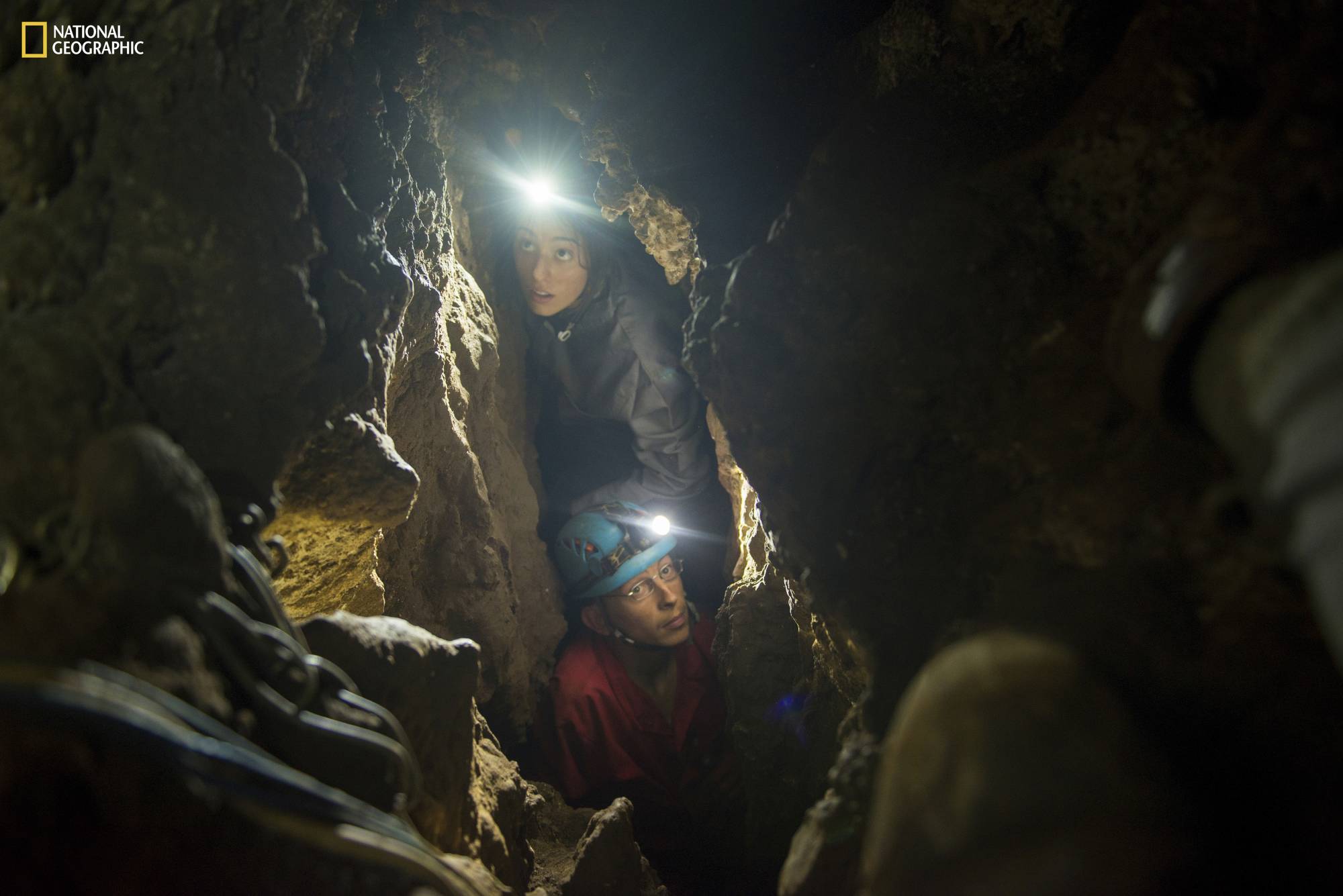Ancient prehistoric graves discovered in South Africa
In a development that could shake up the scientific traditions of human evolution, world-renowned paleontologist Lee Berger announced the discovery of the oldest prehistoric burials in South Africa, increasing the age of the first traces of burial by at least a hundred thousand years. , according to Agence France-Presse.
Fossils of these human ancestors were found inside the burial mounds during archaeological excavations that began in 2018, squatting in burial pits at the end of a network of narrow galleries.
The researchers noted that the graves were filled with earth that was initially drawn to create holes, indicating that these human bodies were buried voluntarily.

“These are the oldest human burials on record for Homo sapiens, dating back at least 100,000 years,” the researchers asserted in a series of papers that still need to be reviewed before being published in the scientific journal eLife.
The excavations took place at an archaeological site known as the “Cradle of Mankind”, which is included in the UNESCO heritage list and is located northwest of Johannesburg.
The oldest tombs discovered earlier, mainly in the Middle East and Kenya, date back to about 100,000 years before our era, and contain the remains of Homo sapiens.
Burial sites in South Africa are between 200,000 and 300,000 years old. It contains the bones of a man belonging to the genus “Homo naledi” (a star in the local language), a short man about 1.5 meters long and with a brain the size of an orange.

The species, discovered in 2013 by American paleoanthropologist Lee Berger, has cast doubt on linear scales of human evolution and remains a mystery to scientists.
Combining features from millions of years ago, such as primitive teeth and legs capable of climbing, Homo naledi possessed two feet similar to the legs of modern humans and arms capable of using tools.
Small brain
The scientists say, “These results show that cremation is not unique to Homo sapiens or other large-brained humans.”
This theory, which runs counter to the generally accepted notion that awareness of death and related practices are characteristic of humans, was pointed out by Lee Berger when he introduced Homo naledi to the world in 2015.
The hypothesis sparked outrage at the time, amid questions from many experts about the scientific accuracy recognized by the authority that published these results, backed by the National Geographic Network.
“It was beyond the tolerance of scientists at the time,” Berger told AFP in an interview. “They’re still convinced that this has to do with our big brains and that it happened very recently, a hundred thousand years ago,” he explains.
“We’re going to tell the world that it’s not true,” adds the 57-year-old researcher.
Geometric symbols, carefully traced using a sharp cutting tool, have been found on the walls of tombs. According to Berger, the squares, triangles and crosses were deliberately left on the smooth surface, perhaps to make them more legible.
“This means that humans not only developed identity practices, but they may not have invented such behaviors,” adds Lee Berger.

And Carol Ward, an anthropologist at the University of Missouri, believes “these results, if confirmed, would be of great significance.”
“I look forward to learning how the disposal of the remains rules out possible explanations other than deliberate burial, and to seeing the results once they are peer-reviewed,” he told AFP.
Further analyzes are still needed. But Berger’s group has already declared that “a whole range of hypotheses about humans and human evolution must be reconsidered.”
Researchers have long associated the ability to control fire, engraving, or painting with mental strength in modern humans, as in Cro-Magnons.
“Subjectivity, understanding meanings, and even art may have a more complex non-human origin than we thought,” said study co-author Agustin Fuentes, an anthropologist at Princeton University.

“Award-winning beer geek. Extreme coffeeaholic. Introvert. Avid travel specialist. Hipster-friendly communicator.”
